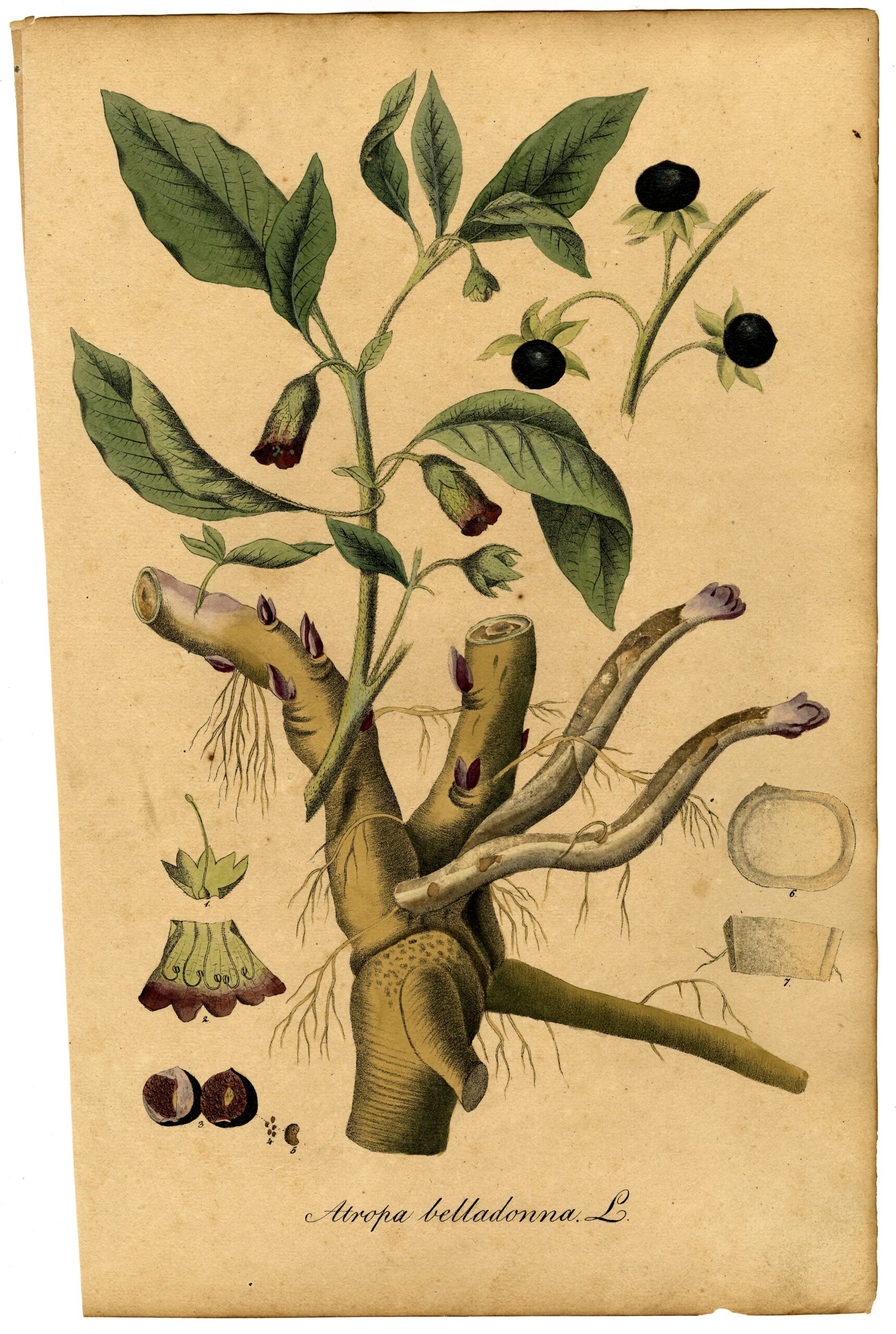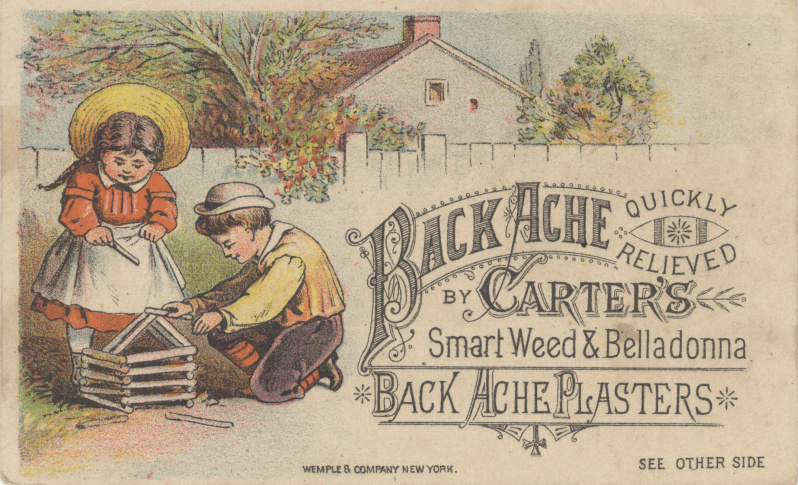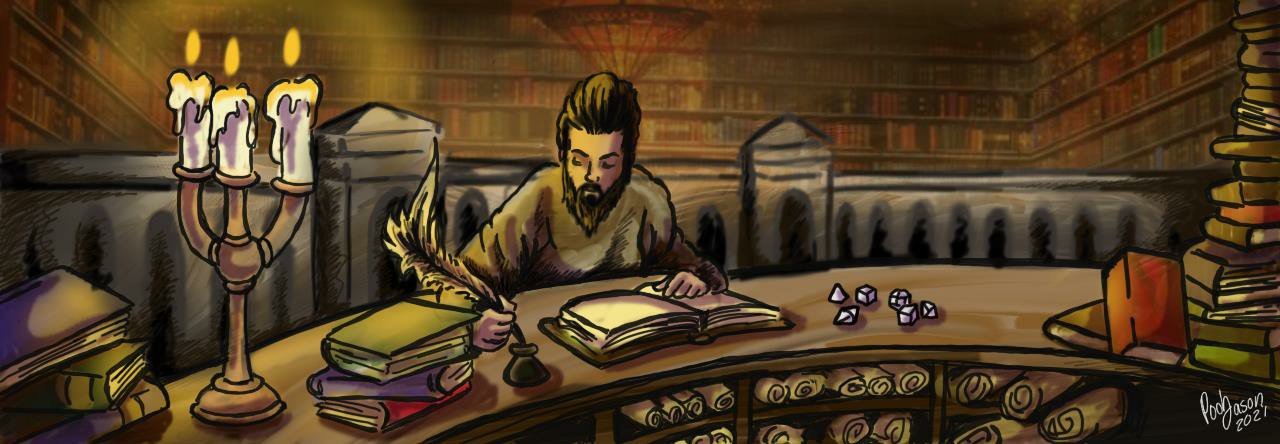As mentioned in my previous post on wolfsbane, poisonous and medicinal plants have always been a part of Dungeons & Dragons. In that post, I briefly discussed how wolfsbane and belladonna are functionally complimentary in D&D since these plants were primarily used to either repel werewolves or, in the case of belladonna, potentially cure a character inflicted with lycanthropy (cf. DMG pp. 22, 220; and Moldvay p. B38). In this post, I’m turning my attention to additional potential uses for belladonna (aka deadly nightshade) in a D&D campaign.
**All information in this post regarding the uses of various plants are for gaming purposes only. This information does not represent actual medical guidelines/recommendations.

Belladonna
Name: Belladonna
Other Local Names: Nightshade, Deadly Nightshade, Banewort, Devil’s Cherries, Devil’s Herb, Plant/Herb of Death
Latin(-derived) Names: solosece, solata, solsequium
Modern Species Name: atropa belladonna
Where Found: shaded and moist areas, disturbed ground, edges of cultivated fields, open woodlands
Medicinal Value: Belladonna has been reported to have some medicinal values. However, like wolfsbane, it is considered very risky to use for such medicinal purposes due to its highly toxic nature. Every part of a belladonna plant is poisonous (with the root being the most poisonous part). Nevertheless, it has been used as a sedative, stimulant, and even as a beauty enhancer due its ability to dilate pupils. It has also been used for pain relief, muscle relaxation, ulcer treatments, toothache/teething relief, and as an anti-inflammatory. Using belladonna for such purposes could very well result in severe side effects like gastro-intestinal discomfort, respiratory distress, seizures, delirium, confusion, distorted or blurred vision, hallucinations, frequent urination, and increased heart rate. Oh, and death.
Other Uses: Belladonna is an effective and deadly poison that attacks the parasympathetic nervous system. It’s capable of bringing about death, delirium, and/or temporary incapacitation. One berry slipped into food or drink can kill. This plant has been used in a variety of deadly ways that include: making poisonous arrows, assassination, and poisoning the supplies of enemy troops. The swiss nurse, Marie Jeanneret, was convicted of murdering patients with a derivative of belladonna.
Like wolfsbane, folklore claims that belladonna was one of the ingredients used to create a witches flying ointment. In a low-magic or no-magic setting, this might be used for an ointment that induces a kind of out-of-body hallucinogenic experience. In a high-magic setting, belladonna and wolfsbane could be the primary ingredients for an actual flying ointment, or perhaps a flying potion. Lastly, drawing upon D&D lore, belladonna might also be used to cure lycanthropy.

Belladona Uses in D&D
Pseudo-Historical / Magic-free Games
Due to the highly toxic nature of belladonna, Referees may want to consider calling for a saving throw vs. Poison even when it is being consumed for its purported medicinal benefits. Note, some of the below uses are nearly identical to some of the uses of wolfsbane provided in my previous post.
Herb solata that is nightshade.
Entry VXXVI, The old english herbarium, trans. pollington (2000)
- For a swelling. 2. For pain of the ears. 3. For a toothache. 4. For blood coming from the nostrils.
Pain Relief Remedy I: A drop from a belladonna root tincture heavily diluted with water may:
- provide considerable pain relief to wounded/sick/diseased persons.
- provide pain relief to those with a toothache or teething infants.
- provide relief from menstrual cramps.
- act as a sedative providing relaxation and the alleviation of distress.
- induce drowsiness.
Since this kind of remedy can potentially be deadly if not prepared properly, Referees might call for a saving throw vs. Poison to survive. The roll could be modified positively or negatively based on who prepared the remedy, the constitution of the recipient, and other circumstantial factors. If this seems too harsh for one’s game, then consider having the player’s character experience distressing gastro-intestinal pain, respiratory issues, delirium, and/or various hallucinogenic effects should the saving roll fail.
Pain Relief Remedy II: A belladonna ointment applied to the skin may:
- provide relief to sore or strain muscles.
- alleviate backpain.
- alleviate pain associated with rheumatism
Interesting side note: Belladonna plasters became popular in the 19th century, and they continue to be marketed and sold today.

Poisonous Tincture: Drinking something spiked with a potent dose of belladonna tincture may:
- poison and kill the victim within 1d6 minutes if a save vs. Poison is failed. Success could still result in the victim experiencing distressing gastro-intestinal pain, respiratory issues, delirium, and various hallucinogenic effects for 1d4 days.
- incapacitate a victim, or victims, if heavily diluted. In this case, the Referee should still call for a saving throw vs. Poison. Failure results in the victim(s) experiencing distressing gastro-intestinal pain, respiratory issues, delirium, and various hallucinogenic effects for 1d4 days. Success results in the same adverse effects, but only for 2d12 hours.
Poisonous Paste: Applying a prepared paste of crushed belladonna root and berries to the blades of edged weapons or arrowheads may:
- poison and kill the wounded victim within 1d6 hours if a save vs. Poison is failed. Success could still result in the victim experiencing distressing gastro-intestinal pain, respiratory issues, delirium, and various hallucinogenic effects for 1d4 days
Beauty Remedy: Squeezing a tiny drop from a belladonna berry into each eye may:
- cause the individual’s pupils to dilate. For campaign cultures that find enlarged pupils attractive, Referees could provide a +1 bonus to reaction checks for female characters who have dilated their eyes and accentuated this feature with an attractive application of make-up. This kind of remedy that results in a doe-eyed look explains the name belladonna, or “beautiful woman.”
Low Magic/Fantasy Games
Flying Ointment Version I: Applying an expertly prepared ointment* to a person’s skin containing the correct ratios of wolfsbane, belladonna, hemlock and other herbal ingredients may:
- result in a type of floating “out-of-body” experience that temporarily grants the person the same benefits as the Clairvoyance and/or Clairaudience spells.
* Due to the number of simulant and narcotic plants involved in this recipe, Referee’s may want to rule that such ointments are only available from specialized NPCs like alchemists, apothecaries, and witches.
High Magic/Fantasy Games
The following remedies could significantly impact the niche role of the magic-user class (or cleric class) if open to all character classes. Referees are encouraged to consider this before implementing such remedies into their games. One suggestion is to limit the following fantastical remedies to certain specialized classes.
Flying Ointment Version II: Applying an expertly prepared ointment to a person’s skin containing the correct ratios of wolfsbane, belladonna, hemlock and other herbal ingredients may:
- temporarily grant the character the ability to fly, as per the Fly spell.
-or-
- temporarily grant the character the ability to levitate, as per the Levitate spell.
Cure Lycanthropy: A carefully brewed tea of belladonna may:
- act as a Cure Disease spell for curing characters afflicted with lycanthropy.
Beauty Remedy II: Expanding on the above beauty remedy for a High Magic/Fantast game, squeezing a tiny drop from a belladonna berry into each eye may:
- cause the individual’s pupils to dilate in a most striking and attractive way. The individual becomes virtually irresistible to others, as per a Charm spell. If this is considered too powerful, the effects could be limited in various ways. For example, perhaps eye-contact must be maintained, or the effects of the charm will dispel when not in the charmer’s presence.
Peace,
RC
If you liked this post, also see my posts on Wolfsbane, Adderwort, and Mugwort. If you want to read other posts dealing with wilderness survival, foraging, and/or herbal remedies, then check out these two posts: Herbal Lore & Remedies in D&D and Foraging, Hunting, & Wilderness Survival in B/X D&D.
All translations from the Herbarium, Bald’s Leechbook, and the Lacnunga are from Stephen Pollington’s Leechcraft: Early English Charms, Plantlore, and Healing.
Other select sources:
Murder, Magic, and Medicine by John Mann, particularly. p. 79
